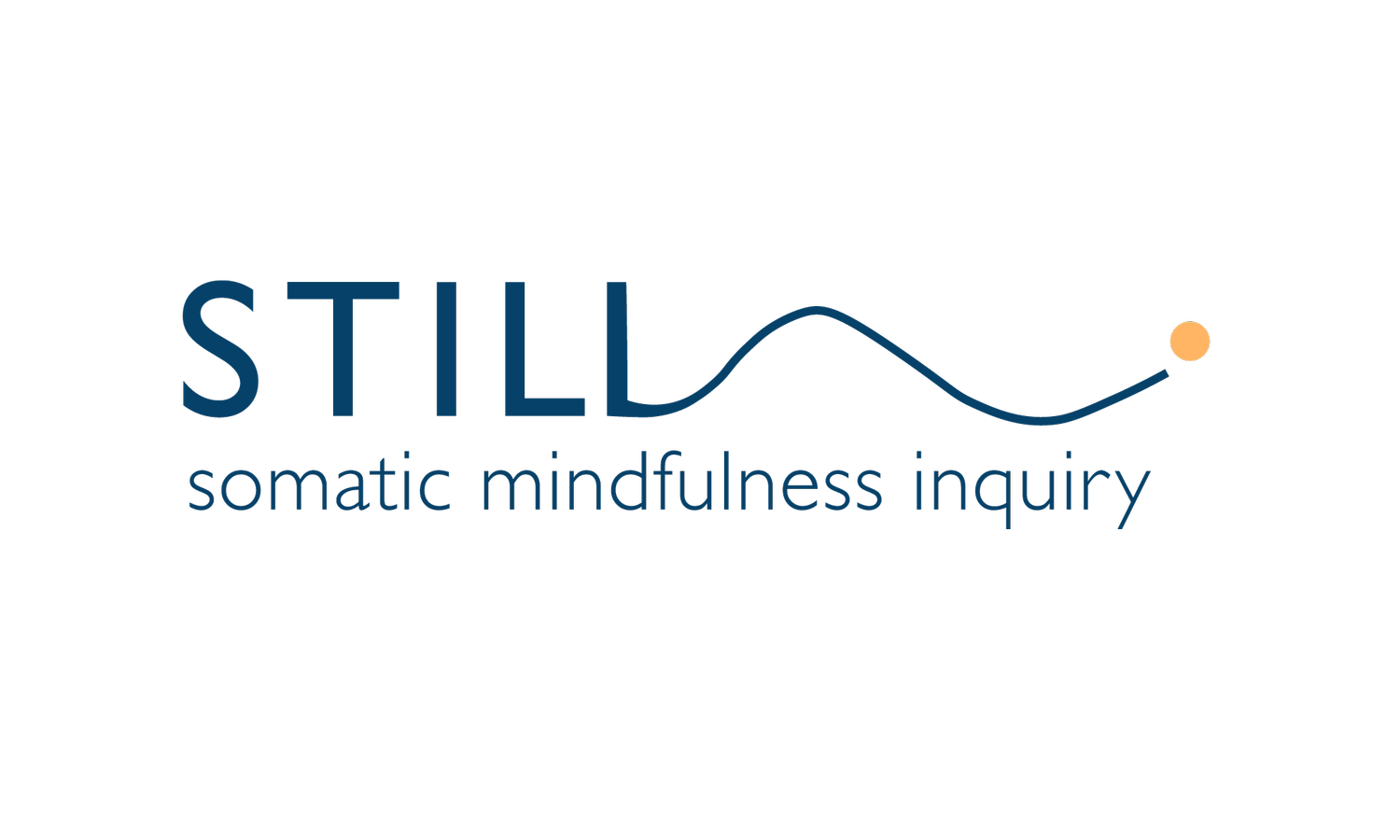Who Is Scared, Who Can Help?
In turbulent times, anxiety can rise to the surface, pulling us into old survival strategies and inner chaos. The path to peace begins within.
At the heart of healing fear and compulsion is presence. Trauma disconnects us from our body and the present. We calm anxiety not by pushing it away, but by coming closer—by learning to feel rather than fix.
We start by becoming aware of:
The sensations in our body
The thoughts and memories that arise
The safety of this moment, right now
Place both hands over your heart and offer yourself warmth, love, and connection
Why Do We Feel So Alone in Fear?
Dr. Gabor Maté reminds us that emotional health depends on being seen and understood. Many of us didn’t have that as children. We learned early to cope on our own. That original isolation is the real trauma.
Children need to share their feelings and be mirrored with empathy. Without this, we carry our pain alone, hidden but still alive inside us.
It is never too late to become an empathetic witness for our own inner child.
Recognizing Our Survival Strategies
When fear activates our nervous system, we fall into instinctive patterns:
Flight: We avoid, zone out, dissociate.
Fight: Our inner critic takes over. We judge ourselves or others.
Freeze: We hold our breath, shrink, hope not to be seen.
Fawn: We please others at the cost of our safety and truth.
These are strategies to protect us and we unconsciously return to them.
Meeting Your Parts
In Internal Family Systems (IFS), we meet the different parts of ourselves:
Managers keep us in control, trying to suppress pain.
Firefighters react impulsively to numb the pain (often through addictions or distractions).
Exiles are the wounded inner children, carrying shame, fear, and deep loneliness.
Healing comes when we let our adult self show up—with compassion, clarity, and presence.
A Grounding Practice
Look around the room. Name colors and shapes.
Feel your feet on the ground, your seat supported.
Breathe in, breathe out. Soften your belly.
Let yourself arrive.
Wrap yourself in physical comfort—a soft pillow in front, a warm blanket behind.
Reconnecting with Your Younger Self
Call to mind a younger version of you when you felt scared and alone. Let your adult self arrive in the scene. Perhaps you stand up to whoever is hurting them then when it is safe, you sit beside the child and hold their hand.
Say to them:
I am listening.
You are not alone anymore.
I am an adult now.
You can count on me.
It was not your fault.
I love you and I want to know you.
Let your breath and your presence co-regulate the nervous system of your inner child.
You Are Not Alone Anymore
Return to a memory of feeling alone and afraid. What support do you need now to feel safer?
Walk through that situation again, this time knowing you are seen and protected. Visualize bringing in whatever support and protection you need and walk through how that changes the experience.
Let the child in you feel the warmth of your care.
Let your calm loving energy reassure them: they are safe now.
You are here.
You are not alone.
I am with you and I care for you.
Open your eyes and bring your awareness back to the present moment, the soft support of your blanket and pillow. Breathe. Look around. Place your hands firmly on your heart or give yourself a warm hug.
Healing fear begins with connection—with ourselves now and when we were younger.
You are not alone.
You are welcome to join us each week in our Sunday free community class. This week we are working with calming fear in our inner child. Details here.
Watch this clip from an interview with Diane Poole Heller.
